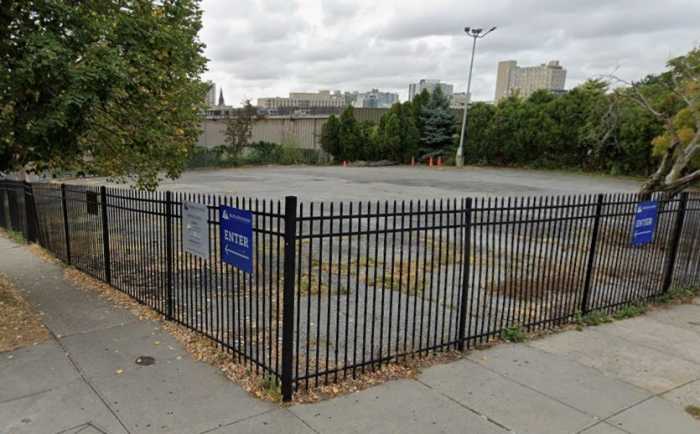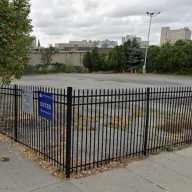By Tom Momberg
Environmental advocacy groups such as Riverkeeper and the Newtown Creek Alliance have long opposed the state Department of Environmental Conservation’s push to aerate the Newtown Creek.
The aeration facility installed in the English Kills tributary, named NC-2, pushes 4,300 standard cubic feet of air per minute in either direction when it is turned on. The NC-3 facility, planned in Maspeth on the East Branch, is projected to nearly triple the current output, by adding 8,100 standard cubic feet of forced air into the creek.
A 2012 study by the Environmental Science and Technology Journal found that an unintended consequence of aerating the creek is that extra sewage bacteria from the combined sewage outfalls is released into the air, possibly posing health risks.
The study took research by Eli Dueker, a postdoctoral researcher at Columbia University’s Lamont-Doherty Earth Observatory, which found that a much greater number of bacterial particles were released into the air when the blowers were turned on than when they were turned off.
More extensive research would be required to determine if the aeration poses health risks, but when NCA and Riverkeeper sat down with the city’sDepartment of Health, DEC and DEP several years ago, they “agreed to disagree” and went ahead with the project anyway.
“They just don’t see it as a concern,”said NCA Project Manager Willis Elkins.
At the same time, studies of fish populations were conducted in English Kills before and after the Brooklyn aeration facility was installed and were inconclusive in finding the ecological benefit of aeration, which does not really fix the issues.
“We feel like there is not enough research available to support some of DEP’s claims either,” Elkins said.
Because the Maspeth pump facility is already so far along, Riverkeeper and NCA are concentrating their efforts on fighting the third and last proposed facility, NC-4, in the Dutch Kills tributary of the creek.
“There hasn’t been any sort of community outreach or communications on DEP’s end,” Elkins said. “It’s hard to challenge. The surrounding communites aren’t aware … but we’ve been pushing back on these health issues for a few years now.”
In the revision of its aeration expansion, the DEP has chosen not to anchor pipes to a large section of the creek near Phelps Dodge due to overwhelming contamination, but the entire creek is contaminated. If the city were to put capital funds toward dredging the creek, the anchored pipes could be easily pulled out, DEP said.

































